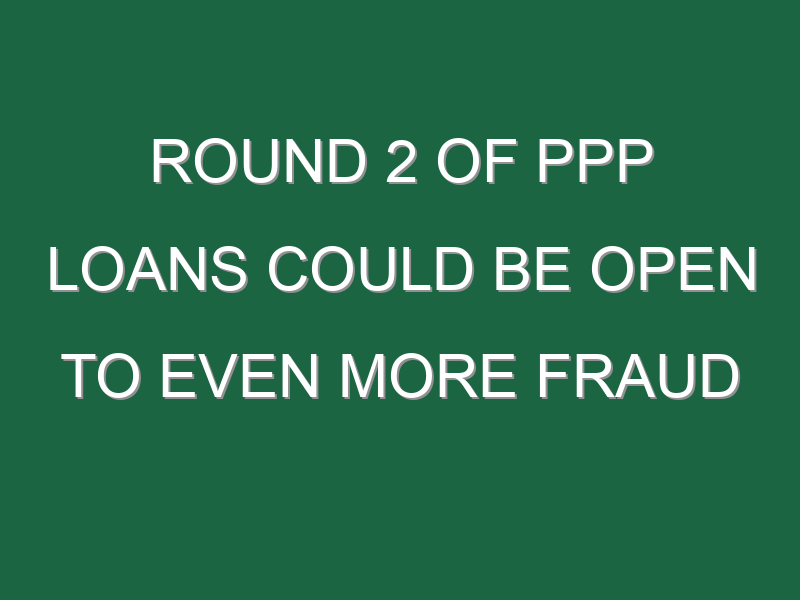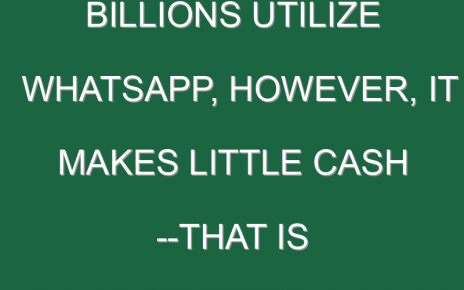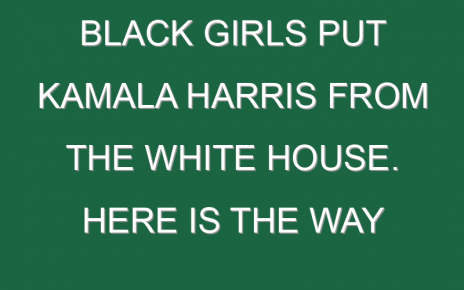On Monday the Small Business Administration began accepting applications for new Paycheck Protection Program loans authorized in the stimulus package enacted last month. On the same day, the SBA’s inspector general announced that more than 57,000 potentially ineligible borrowers had wangled $3.6 billion from the program last year.
The inspector general’s office reached that conclusion by comparing a list of PPP loan recipients with the Treasury Department’s Do Not Pay list, a compilation of individuals and entities ineligible to receive federal payments. The result was that 57,473 loans “matched a DNP data source record, indicating loan ineligibility,” the inspector general found. Intriguing but mysterious fact: Just 10 of the 3,403 PPP loan servicing locations —bank offices, for example— “accounted for 49% of the matched loans,” the report says. But it does not disclose the 10 locations.
The SBA says that in Round 2, all applications will be checked against the Do Not Pay list. That’s obviously a prudent step, but far from sufficient. Abundant anecdotal evidence and common sense suggest that many applicants who never made the DNP list simply fabricated information on their applications—and the new stimulus law makes such basic frauds even easier to commit.
That’s the result of well-intentioned new rules for obtaining PPP loans and getting those loans forgiven. The CARES Act, passed in March, urged the SBA to prioritize “small business concerns and entities in underserved and rural markets,” including businesses owned by veterans, women, and socially and economically disadvantaged individuals. But the House Select Subcommittee on the Coronavirus Crisis found last October that loans went disproportionately to large businesses and borrowers that already had relationships with big banks.
In response, most of the money for Round 2 loans is reserved for businesses that got a Round 1 loan, with tighter restrictions for the new loan. Round 2 applicants can have no more than 300 employees (vs. 500 in Round 1) and must show that revenues took at least a 25% hit in last year’s first, second, or third quarter compared with 2019. Round 1 loans imposed no such requirement, so even thriving businesses could get a forgivable PPP loan.
But in trying to make the process easier for small and hard-hit businesses, the new law invites more fraud. For loans of $150,000 or less—the vast majority of PPP loans—the applicant need not document the required 25% revenue hit. Getting the SBA to forgive Round 1 loans demanded that borrowers fill out three forms and a worksheet, supported by five pages of instructions, and submit potentially dozens of documents. Under the new law, borrowers of $150,000 or less can get full forgiveness by submitting a one-page certification. Experience in Round 1 says many people will find those opportunities to cheat irresistible.
Extensive PPP fraud was inevitable. Venture capitalist Alex Rampell posed this rhetorical question to Fortune when the program began: “How many times in history has $350 billion been given away with no face-to-face verification and a few PDFs in two weeks?” The Justice Department set up a PPP team the day the program was established, and the FBI has since opened hundreds of investigations. A Florida couple allegedly used their fraudulently obtained loan to buy a seven-bedroom mansion; a man allegedly used his to buy a Lamborghini.
For years we’ll be hearing how billions of dollars didn’t go to the business owners who needed the money. It’s another reason to hope we never go through this again.
More politics coverage from Fortune:
- Supreme Court to review whether or not Mnuchin failed to distribute COVID relief to Native Americans swiftly enough
- Democrats plan to use Senate win to pass $2,000 stimulus checks
- The world is skeptical on Biden’s climate change promises, special envoy says
- These Fortune 500 companies are halting contributions to Republicans (and Democrats) in the wake of Capitol attacks
- Commentary: Tech’s underdeveloped moral compass is threatening our democracy





